From a systemic perspective , school failure occurs when an education system fails to provide fair and inclusive education services that lead to enriching student learning. At the school level, school failure can be defined as the incapacity of a school to provide fair and inclusive education and an adequate learning environment for students to achieve the outcomes worthy of their effort andability. From an individual perspective , school failure can be defined as the failure of a student to obtain a minimum level of knowledge and skills, which can at the extreme lead to dropping out of school.1
This manual is not going to deal with the reasons for school failures, but with the way on how to approach young people and prevent their failures in the school system and empower them and encourage them to build their capacities and discover their interests and talents.

Young people differ in fundamental ways in their learning:
- ability,
- conceptions of learning,
- learning styles and strategies,
- interest,
- motivation,
- beliefs and emotions,
- as well as in their linguistic, cultural and social backgrounds.
Students bring to the classroom different prior knowledge that substantially influences their learning process, and there is a constant and complex interaction between capacity and experience that shapes learning and as a result, young people learn at different paces and teachers have to adjust to these and develop diversified pedagogical practices to cater for this wide variety of learning needs. This is often very complex and demanding from the teachers who are often used to the formal, directive teaching approach, and don’t often used participant, or learner-centered methods.
This tool kit has aims to provide ideas, methods and examples of good practices in how to work with youngsters with poor school performance, early school leavers and drop outs.
It is a compilation of some of the tested, best practice methods used throughout the world by some of the educational practitioners and some of the “tips and tricks” that can help facilitators to guide and support the learning of the participants and make them feel comfortable and safe.
Overarching goal is to empower young people and to help them increase their perception of control over their environment by showing them how to better manage their own lives. Instead of telling youngsters to act differently, this tool kit provides ideas to teach them how to act differently by
introducing different useful skills.
For example, how to do a multistep process for handling upsets,
- starting with step 1: “Take a deep breath and count to five.”;
- how to deal with anger and frustration (e.g., counting to 10 and taking slow, deep breaths);
- how to set goals to focus on what they want;
- role-modeling how to solve real-world problems; giving youngsters a weekly life problem to solve collectively;
- teaching social skills;
- introducing stress reduction techniques, both physical (e.g., dance or yoga or rock climbing) and mental (e.g., guided periods of relaxation or meditation), etc.
References
- Field, S., M. Kuczera and B. Pont (2007), No More Failures: Ten Steps to Equity in Education, Education and Training Policy, OECD, Paris.
- Jensen, E. (2009). Teaching with Poverty in Mind. ASDC publishing. Alexandria, VA.
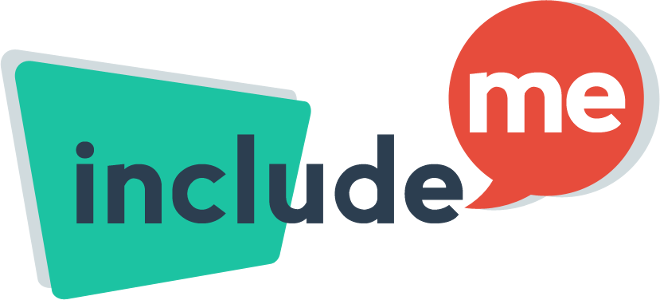
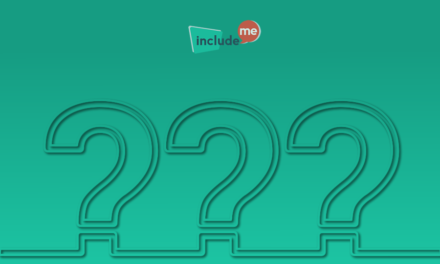
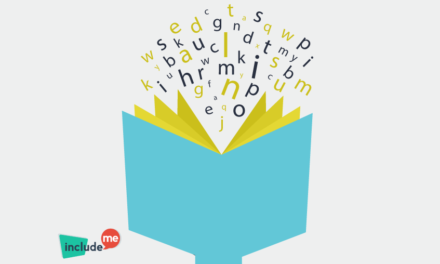
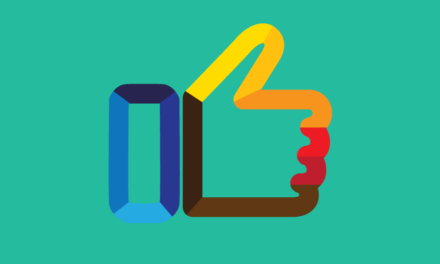




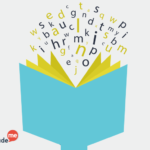
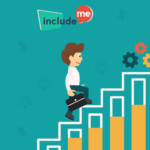


Recent tips